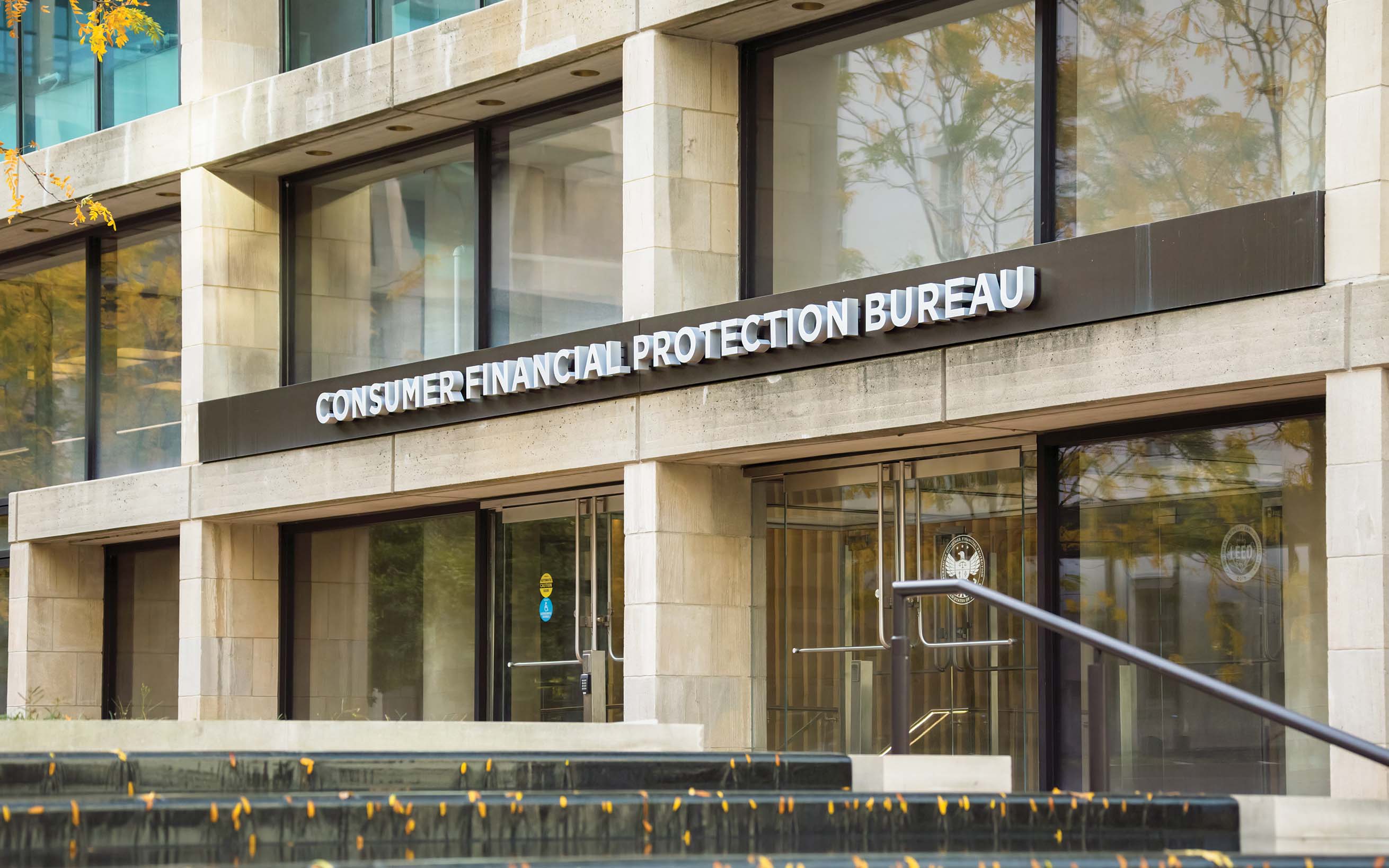It’s important for community banks to understand and respond to customer complaints. But what should a complaint program include, and how might complaint data be an opportunity to improve your bank’s level of service?
How your bank should handle consumer complaints
November 01, 2019 / By Mary Thorson Wright
It’s important for community banks to understand and respond to customer complaints. But what should a complaint program include, and how might complaint data be an opportunity to improve your bank’s level of service?
The ways that community banks process complaints invites the interest of examiners, and with good reason. Complaints present a picture of consumer compliance, customer service and the impact of policies and procedures that might not be visible otherwise.
Quick Stat
2,300
The number of Q&As, courses and other resources in the ICBA Compliance Vault, free to members.
One of the primary functions of the Consumer Financial Protection Bureau (CFPB) is collecting, investigating and responding to consumer complaints, including referrals to the prudential federal bank regulator that exercises jurisdiction over a community bank. Under the Dodd-Frank Wall Street Reform and Consumer Protection Act, the CFPB Office of Consumer Response handles, analyzes and shares consumer complaint data to level the playing field and empower consumers to take more control over their financial well-being.
In 2018, the CFPB received approximately 329,800 consumer complaints, and, as of the end of July 2019, it had already received nearly 158,000 complaints this year. That’s a windfall of information.
As a risk management tool, a solid consumer complaint process can help financial institutions proactively identify risks of consumer harm, compliance management program deficiencies and customer service issues.
What must community banks do to establish an effective consumer complaint management system, and what might they gain by doing so?
The interagency Consumer Compliance Examination Manual describes regulators’ expectations when it comes to complaint management. From there, we can derive the basic rules for consumer complaints received by banks, such as:
Handle consumer complaints promptly. Establish procedures to capture and address complaints and designate individuals or departments responsible for handling them. Ensure that the complaint process is clearly communicated across the entire enterprise.
Be prepared to discuss how complaints are identified and defined, areas with increased risk of consumer harm and regulatory compliance concerns, and how the risk is addressed.
Ensure the compliance officer is aware of the complaints received and their timely resolution, the underlying causes of the complaints and the action taken to improve or correct the bank’s practices.
Monitor complaints to third parties providing services on behalf of the bank and complaints made to the bank about those service providers.
Ensure the bank fully documents the process to demonstrate timeliness and complete files. This includes the initial complaint, supporting documentation and all communication and correspondence with the complainant or other parties.
Complaints may be indicative of a weakness in a function or department, and complaint data is reviewed carefully during the regulator’s examination preparation. Investigations may also be conducted outside the examination cycle to follow up on consumer inquiries or complaints, including fair lending complaints, and they can result in enforcement actions.
The place for complaints in the CMS
Complaint data should be considered widely across the Compliance Management System (CMS). Complaint management figures into the bank’s overall rating, and, regardless of its size or complexity of operations, the examination manual covers complaints throughout the compliance program structure, implementation and management, including:
The compliance officer’s general responsibilities
The compliance risk profile
Third-party vendor management
Scope and frequency of compliance audits
Compliance with the Community Reinvestment Act (CRA)
Non-deposit investment product programs
Effectiveness of bank management, including board of directors oversight.
UDAAP considerations
Complaint data may help the bank unveil hidden compliance problems. Unfair, deceptive or abusive acts and practices can be difficult to capture and can cause significant financial injury to consumers, erode consumer confidence and undermine the financial marketplace. Several federal enforcement actions in recent years have been based, at least in part, on practices deemed to be deceptive under the Unfair, Deceptive, or Abusive Acts or Practices Act (UDAAP). An act or practice may be determined to be deceptive if the representation, omission, act or practice misleads or is likely to mislead the consumer; the consumer’s interpretation of the representation, omission, act or practice is reasonable under the circumstances; and the misleading representation, omission, act or practice is material.
UDAAP violations may not be identified by standard compliance reviews. However, they may be illuminated by complaints.
For example, a quick look at the CFPB Consumer Complaint Database for 2018 and the first seven months of 2019 shows 1,498 and 894 complaints, respectively, for advertising and marketing of credit, prepaid, stored value and payroll cards that are based on the consumer’s belief they did not receive advertised terms or promotional features; the information they received was incomplete, confusing or misleading; or the terms appeared to change from what was advertised. How many complaints has your community bank received that could constitute similar grievances?
Banks must capture, process, track, answer and document complaints to ensure a solid program. Beyond handling complaints to comply with the response process, complaint data can be a valuable tool to look at the efficacy and impact of policies, procedures and products.
Subscribe now
Sign up for the Independent Banker newsletter to receive twice-monthly emails about new issues and must-read content you might have missed.
Sponsored Content
Featured Webinars
Join ICBA Community
Interested in discussing this and other topics? Network with and learn from your peers with the app designed for community bankers.
Subscribe Today
Sign up for Independent Banker eNews to receive twice-monthly emails that alert you when a new issue drops and highlight must-read content you might have missed.
News Watch Today

Join the Conversation with ICBA Community
ICBA Community is an online platform led by community bankers to foster connections, collaborations, and discussions on industry news, best practices, and regulations, while promoting networking, mentorship, and member feedback to guide future initiatives.













